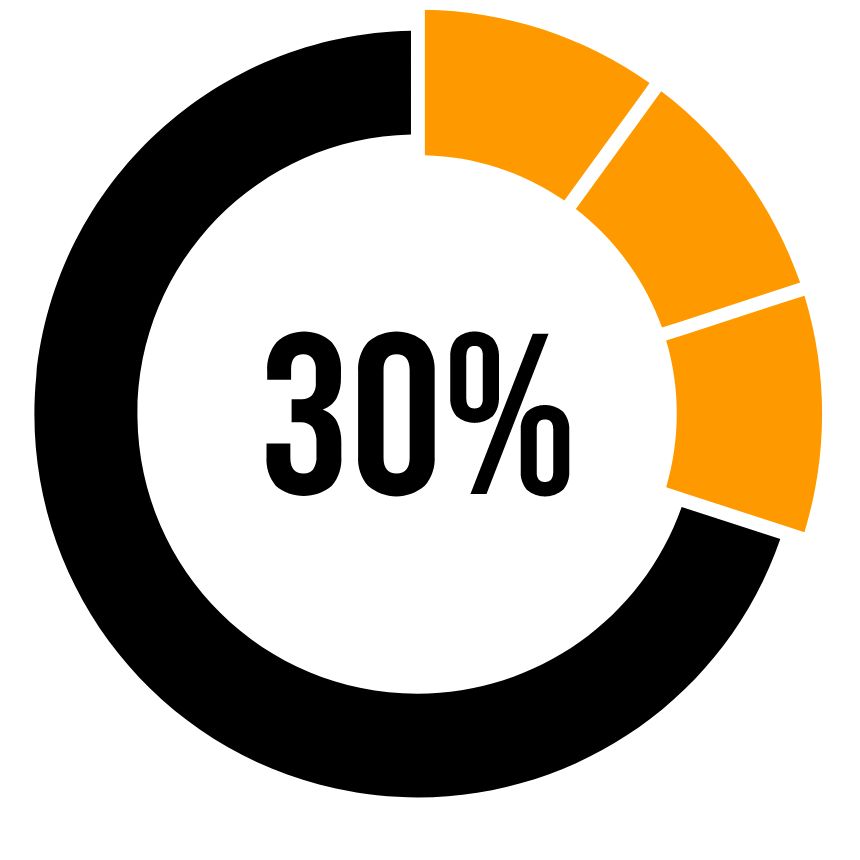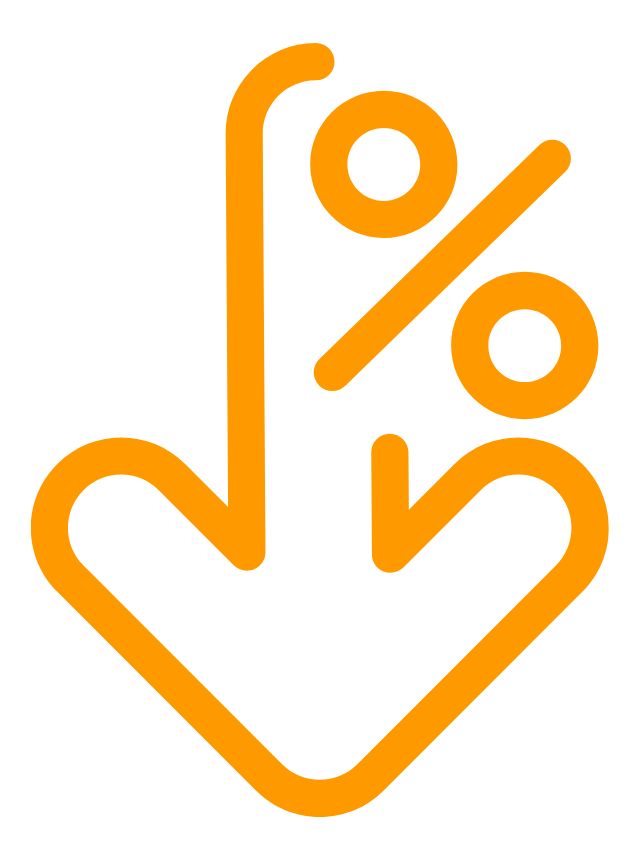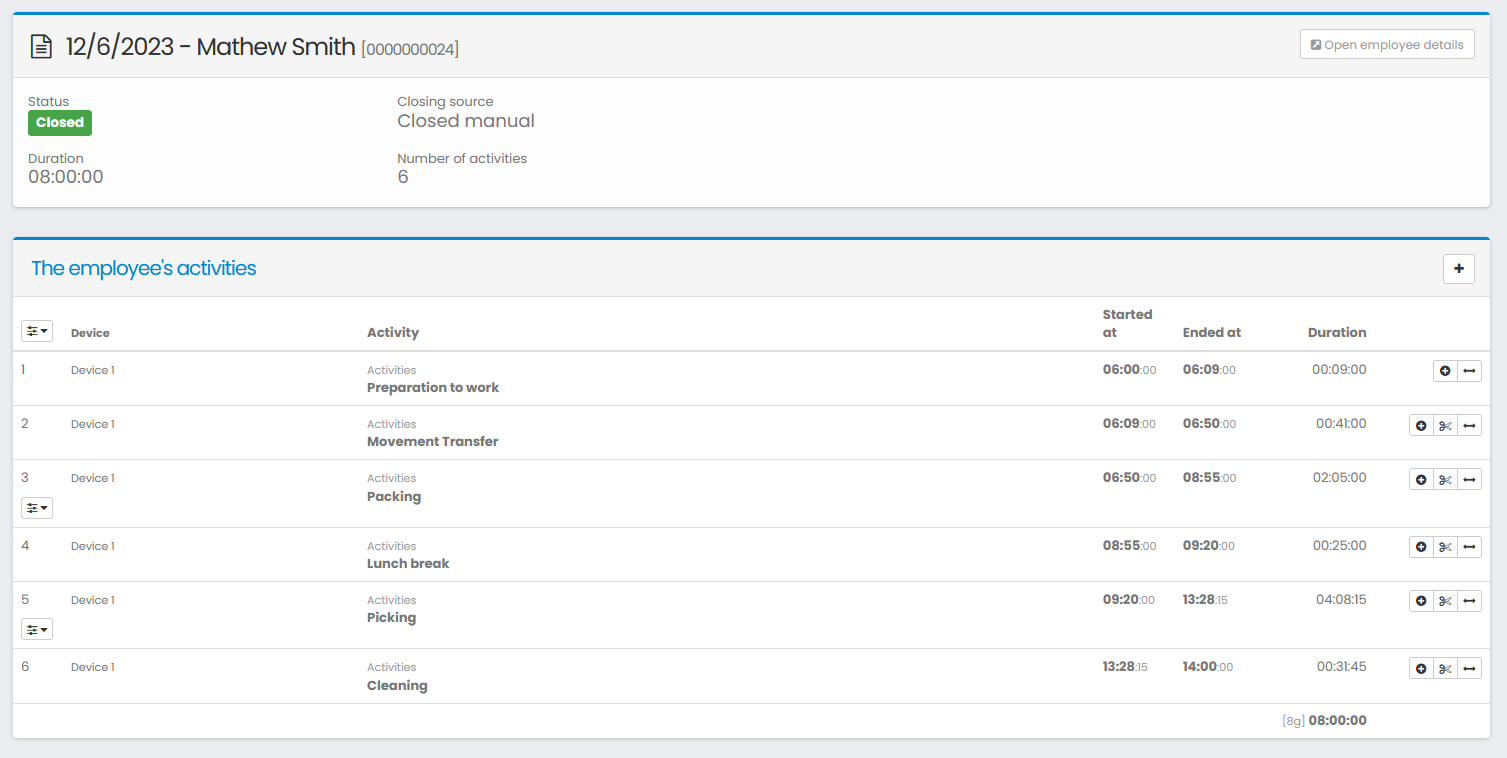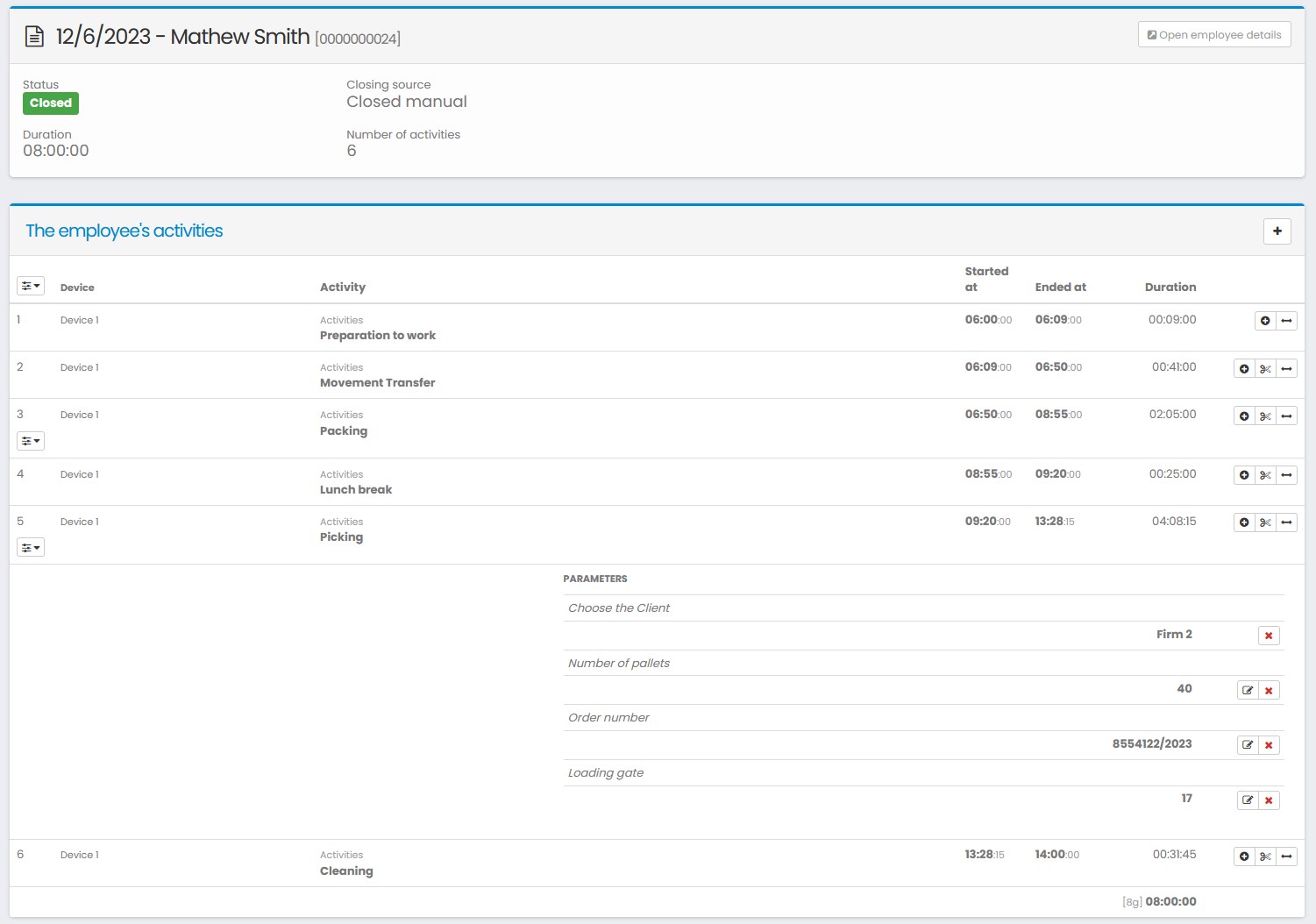Measuring non-systemic activities
Non-systemic activities account for up to 30% of total working time
Measure them, evaluate their functionality and eliminate from your processes those that do not generate value for your business. In this way, you will eliminate waste and streamline processes.

See what you can gain by measuring non-system activities
Gain full knowledge of the activities performed by your employees
MEASURE ACTIVITIES NOT RECORDED BY WMS
What happens when an employee does not perform system tasks?
How long does it take to carry out activities such as cleaning, yard work (foiling, wrapping, folding/cleaning pallets) or clarifying non-conformities? Time Harmony gives you the ability to record non-systemic activities to provide complete data about your activities.
MEASURE PERFORMANCE IN NON-SYSTEMIC ACTIVITIES
Define parameters and measure performance in non-systemic activities
By defining additional parameters such as customer name, number of pallets, loading gate number, you can check the efficiency of employees for a specific project also in activities not registered by the WMS, gaining full knowledge of the course of the process.
COMPARE DATA ACROSS LOCATIONS
Check the time of non-systemic activities in the total working time
By measuring non-systemic activities, you can compare their share in the total working time. For example, you'll compare data on the use of employee breaks. The data is available for many locations at the same time, giving the possibility of conducting comparative analyses.
Measuring non-systemic activities
SAMPLE REPORTS
Net Gross Time
Check how much time employees spend on non-systemic activities and investigate what is the reason for exceeding the assumed norm. Data granularity allows you to see exactly which activities are taking longer than they should.
Activity category ratio
Check the duration of specific groups of out-of-system activities in your team's total working time in relation to defined categories.
Avoid activities that don't add value to the final product.




